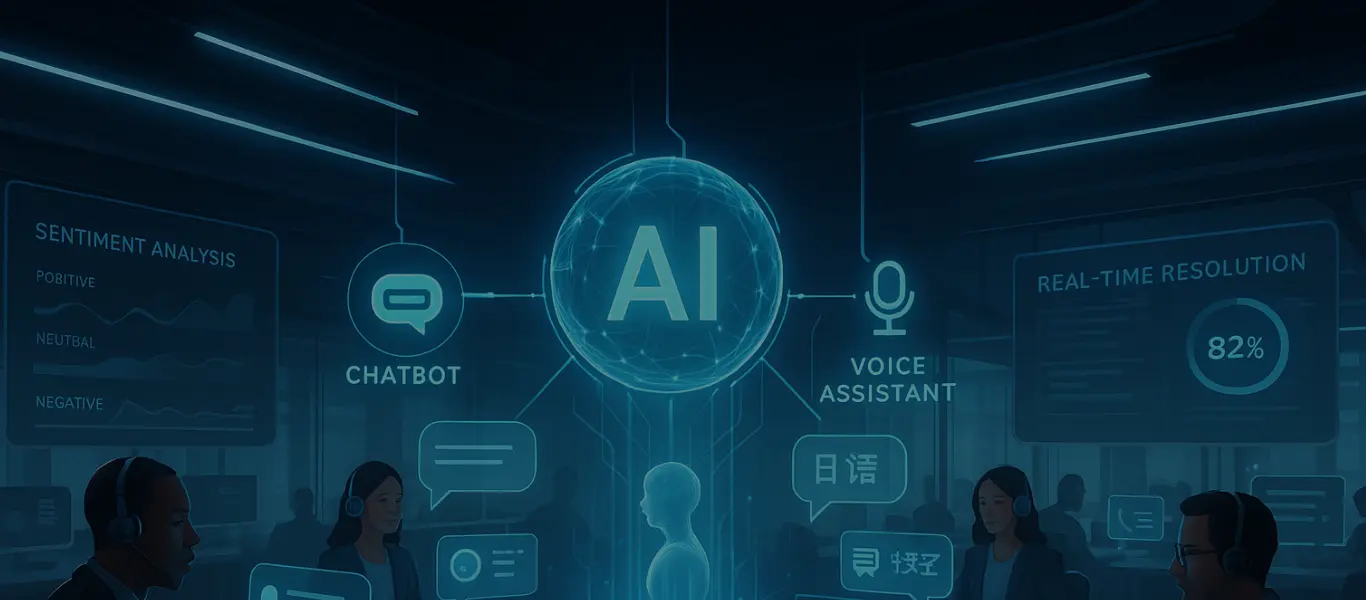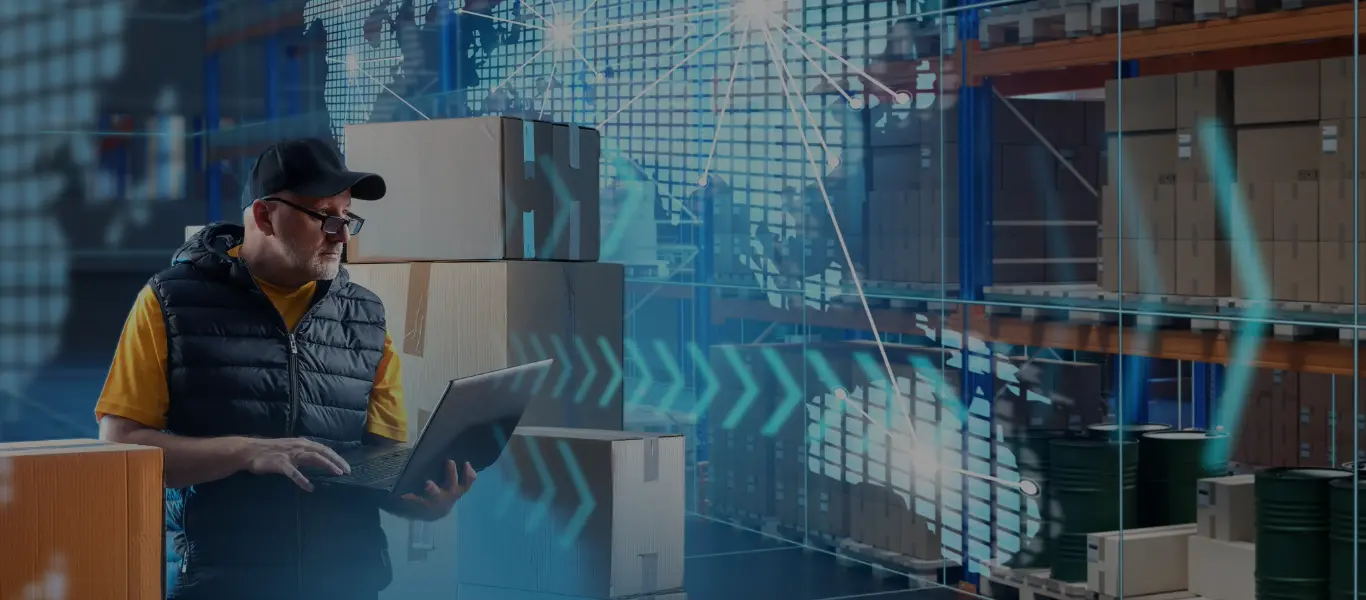Traditional eCommerce platforms have provided a one-size-fits-all solution for some time. While providing seamless functionality for eCommerce sites, it was difficult to scale and make changes.
Many organizations also found a disconnect between what they did internally and what customers saw externally. For example, one platform might have great customer-facing tools, but be lacking in backend administration functionality, or vice versa.
As consumer behavior and online trends change, businesses need a fast way to adapt. Having to relaunch an entire platform takes time and may not be able to handle the evolving way businesses operate. For example, in a traditional commerce platform, it can be very challenging to integrate a new sales channels. Headless and composable commerce makes it easy to sell across multiple channels.
Navigating Composable vs Headless?
In this article, we’ll look at the differences between traditional, composable, and headless commerce along with the pros and cons of each.
Is composable commerce the same as headless commerce?
While there are similarities, headless commerce platforms and composable commerce platforms have a key difference in the way they approach functionality. Composable commerce is a collection of best-of-the-breed solutions whereas a headless just focus on decoupling the frontend from backend to provide different experience-based personas, channels, business model, and so on.
What is headless commerce?
Headless commerce decouples the backend functionality of commerce sites from the front-end, consumer-facing site. A headless commerce API handles the communication, acting as an intermediary between the front end and back end.
A headless commerce infrastructure allows you to deploy a different content management system and connect it to your back end.
What is composable commerce?
Composable commerce uses a similar, but separate, strategy to provide even greater flexibility using modules that can be plugged in, scaled, or replaced without impacting other parts. Developers can then leverage a microservice architecture to use best-in-breed modules to optimize performance.
Facing the Composable vs Headless Decision?
Difference between traditional, composable, and headless commerce
So, the key difference between traditional, composable, and headless commerce breaks down this way:
- With a traditional commerce solution, you’re locked into the tools that a one-size-fits-all platform provides.
- With headless commerce, you can use the best backend and the best front-end platforms.
- With composable commerce, you can use different modules for best-of-breed performance with any component of your platform.
Pros and Cons of Headless Commerce
Here are the biggest benefits of headless commerce along with potential drawbacks. Five key benefits of headless commerce
- Promotes intelligent contact creation regardless of backend systems.
- You can make changes more quickly and innovate without having to redeploy the entire architecture.
- With pay-as-you-go, you can optimize your costs based on utilization.
- You can replace the front end or back end without impacting the other.
- Updates are smaller and independent, so problems in one tool may not impact the entire tech stack, especially when it comes to security.
Disadvantages of headless commerce
There are a few disadvantages to headless commerce. Because you are using more than one system, the tradeoff is that the complexity increases. You can be much more creative and flexible in how you create the customer experience, but it may also increase your costs to build, manage, and maintain multiple platforms.
Pros and Cons of Composable Commerce
Composable commerce builds on headless commerce and allows for greater customization. Here are the pros and cons. Five key benefits of composable commerce
- Allow best-of-breed modules vs. off-the-shelf software bundles.
- Creates a more flexible and extensible platform for selling across multiple sales channels.
- You can choose the features and vendors you want.
- Allow you to control costs and eliminate paying for things you don’t need or want.
- Modular construction allows you to swap functions whenever you want without impacting the rest of the infrastructure.
Disadvantages of composable commerce
One disadvantage of composable commerce is that it increases the number of vendors you are working with. Because you are working with different modules, you need to manage each individually or create a comprehensive interface for management.
How to decide which route to take – headless or composable commerce?
For most organizations, the first step is adopting a headless eCommerce framework using an API-first architecture.
Once the front end and back end are separated, sellers can then gradually move to composability by swapping out modules to increase performance without impacting revenue during the transition.
Evaluating Composable vs Headless? Discover which architecture best supports your business goals.
Determining which architecture best suits your unique business context requires detailed analysis and careful consideration. SkillNet is here to help. As a good primer, check out our 3-part series: Modernizing Monolithic Commerce Engines: Optimize, Go Headless, or Re-platform to Composable Commerce?
Part 1 focuses on alignment to your business requirements, Part 2 looks at how each architecture impacts core business functions, UX, and CX, and finally, Part 3 dives into the more long-term planning and strategic considerations to account for in the decision process.
Implementing a headless or composable commerce solution
Headless and composable commerce complement each other to provide enterprise-class solutions and save you from nightmares of vendor lock-in by offering a way to integrate the best technology depending on your skill set. For example, you can implement a headless commerce solution using a Software-as-a-Service (SaaS) model or as a cloud solution that can be customized to your exact needs.
In either case, you will need to sync your APIs to ensure smooth integration between the various platforms and components.
The MACH Architecture
MACH architecture, also known as MACH headless, is a technology framework that is driving most modern commerce solutions. MACH stands for:
- Microservices architecture: Functionality that is independently deployed.
- API-first: Functions use APIs to tie applications or services together efficiently.
- Cloud-Native: Leverages the cloud to store, host, and scale as needed.
- Headless: Decouples front-end presentation from backend logic.
The MACH architecture applies to headless or composable commerce, allowing sellers to incorporate composable modules as desired.
MACH is considered today’s state-of-the-art for commerce because it allows for rapid changes to meet customer demands without having to relaunch an entire codebase. Especially with a composable approach, sellers can swap out components easily without having to worry about impacting functionality across the broader code.
How SkillNet delivers headless / composable commerce solutions
SkillNet delivers headless and composable commerce solutions to help sellers optimize their operations, increase flexibility, enhance the customer experience, and lower the total cost of operation.
Here’s an example of how we work. Shopping for auto parts is a complex process for eCommerce vendors, requiring an easy way to look things up and a real-time call to the backend system to check inventory. At the same, the customer journey has to be seamless, high performance, allow for personalized recommendations, and offer a minimum-click checkout.
SkillNet streamlined the auto-parts lookup and appointment scheduling. Customers can now order auto parts and accessories and schedule appointments for installation in a single transaction on their phone. By delivering a headless solution, we dramatically reduced customer bounce rate, increased time spent on site by 30%, and reduced the number of people leaving the site without making an appointment by 60%.
Unsure about Composable vs Headless?
SkillNet helps clients leverage existing and new technology to accelerate commerce, enabling digital transformation to improve the customer experience. We also offer advisory services to help guide you through transformational strategies, including portfolio analysis, cloud strategy, implementation, and support.
To learn more about composable commerce and how to find the best solution for your business, talk to the experts at SkillNet today.
Additional Resources
Watch the on-demand webinar on how SkillNet and Spryker helped Labcorp, a global leader in health sciences, to enhance operational efficiency through innovative digital solutions.
Check out the Case Studies






 Engenharia
Engenharia










